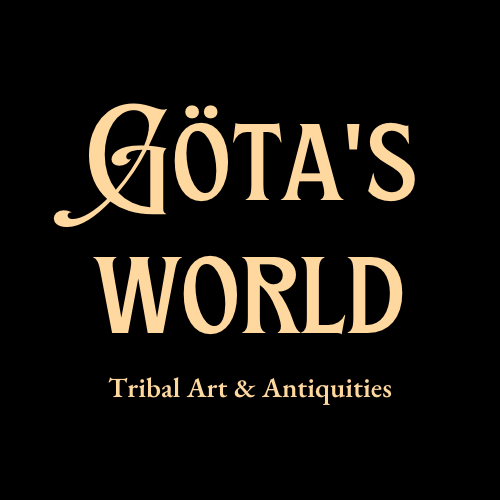Danish Late Mesolithic or Early Neolithic Period Earthenware Vessel
Danish Late Mesolithic or Early Neolithic Period Earthenware Vessel
Couldn't load pickup availability
Ertebølle Culture, c. 5400–3950 BC or Funnelbeaker Culture, c. 4100–2800 BC, Denmark
A mesmerizing and extremely rare earthenware vessel from Denmark, this beautifully preserved artifact dates to the late Mesolithic or early Neolithic period. Bog-found and remarkably intact, the piece features a small, sturdy round-bodied form with a slightly corseted neck, a flanged outward-turning rim, and a single strap handle set low on the body—an elegant and functional shape that reflects early ceramic innovation.
This vessel likely originates from the Ertebølle culture (c. 5400–3950 BC), a Mesolithic coastal society that thrived around the Limfjord in northern Jutland. Known for their semi-sedentary lifestyle, the Ertebølle people inhabited headlands, islands, and riversides, where they lived by fishing, hunting, and gathering. Their most enduring legacy is the kitchen middens—massive shell heaps, mainly of oysters, collected from the vast beds of Denmark’s shallow fjords and straits.
Masters of inland waters, the Ertebølle used dugout canoes and developed a sophisticated flint industry, producing tools such as flake axes, burins, chisels, and scrapers. They also crafted items from bone, antler, and wood. Pottery production emerged during this period, using local clay tempered with sand, crushed stone, and organic matter. Vessels were built by coiling and fired in open hearths. The classic form was a beaker—globular in shape, narrowing at the neck, and often featuring a flanged rim. Toward the end of the period, decoration and design became more refined, with the addition of simple handles and varied rim treatments.
By c. 4100 BC, the Ertebølle were gradually succeeded by the Funnelbeaker culture, which introduced agriculture and animal husbandry to the region. Nevertheless, some hunter-gatherer traditions persisted, as evidenced by continued midden formation well into the Neolithic era. Forests were cleared for crops such as einkorn, emmer, and barley, while domesticated pigs, cattle, sheep, and goats appeared alongside established fishing and foraging practices.
Funnelbeaker people lived in longhouses and constructed elaborate megalithic tombs—dolmens and passage graves—to honor their dead. Their pottery marked a leap forward in ceramic craft: hand-built, thinner, and richly adorned with modeling, stamping, incising, and impressing, offering a striking contrast to the coarser Ertebølle vessels.
This rare example of prehistoric Scandinavian pottery bridges two formative eras in Northern European history, reflecting the evolving lifeways of early peoples as they transitioned from foraging to farming. A compelling piece for collectors and scholars alike.
Good condition. One handle missing. Surface wear and abrasions commensurate with age, nicks and chip, with encrusted patina and rich earthen deposits throughout. Museum markings. Size approx. 12,8cm x 9,7cm x 9,7cm.
Provenance: Ex-museum collection from Denmark
References and further reading:
Europe's First Farmers – T. Douglas Price, University of Wisconsin, Madison, Cambridge University Press, 2000 (http://assets.cambridge.org/97805216/62031/ sample/9780521662031ws.pdf)
Inland Ertebølle Culture: the importance of aquatic resources and the freshwater reservoir effect in radiocarbon dates from pottery food crusts, Bente Philippsen & John Meadows, Internet Archaeology (doi:10.11141/ia.37.9)
The introduction of ceramics in the Ertebølle Culture, Karen Poulsen, Danish Journal of Archaeology, 2013 2, 146–163. (https://doi.org/10.1080/21662282.2013.904127)
Organic residue analysis of Early Neolithic ‘bog pots’ from Denmark demonstrates the processing of wild and domestic foodstuffs, Harry K. Robson, Hayley Saul, Valerie J. Steele, John Meadows, Poul Otto Nielsen, Anders Fischer, Carl P. Heron & Oliver E. Craig, Journal of Archaeological Science: Reports, Volume 36, 2021. (https://doi.org/10.1016/j.jasrep.2021.102829.)
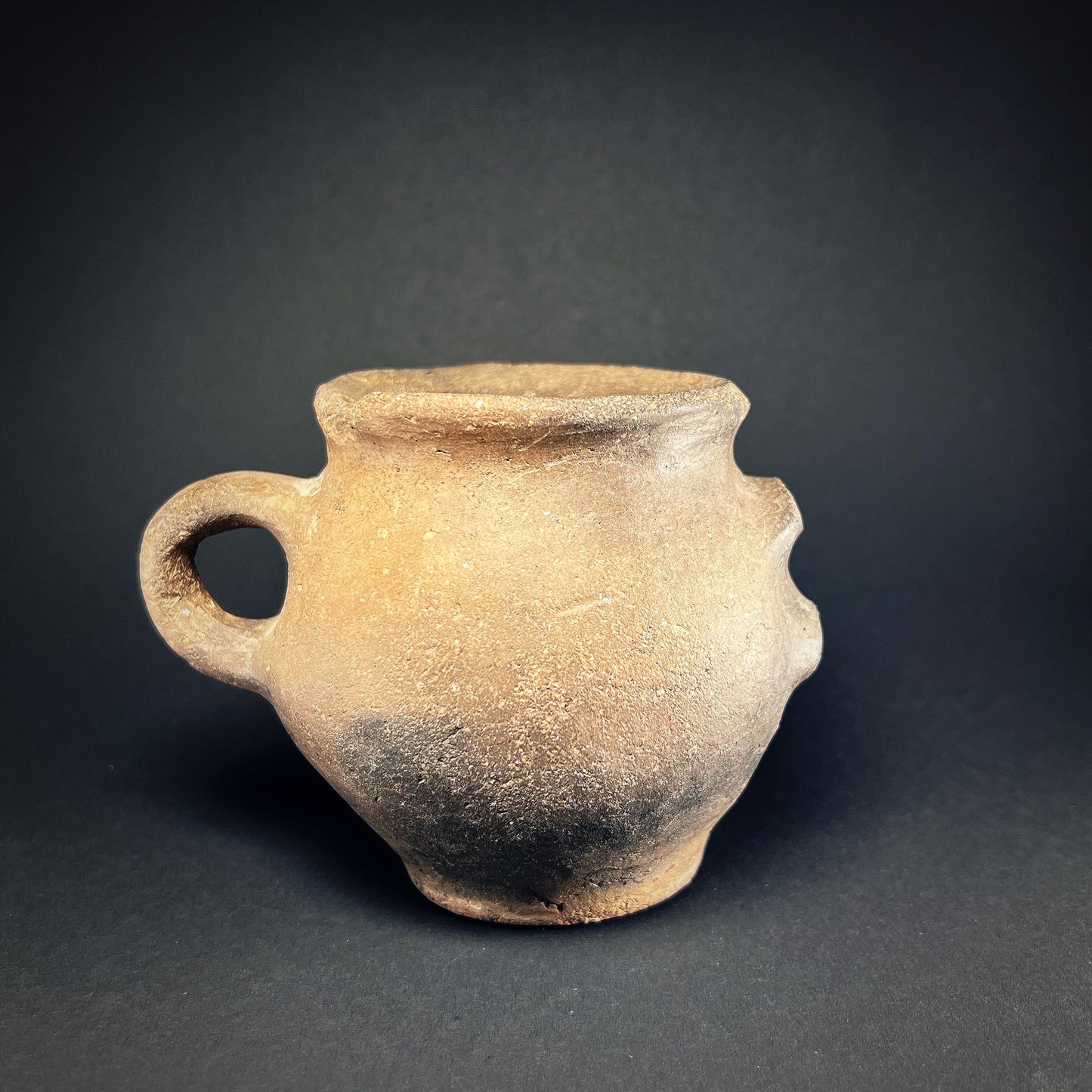
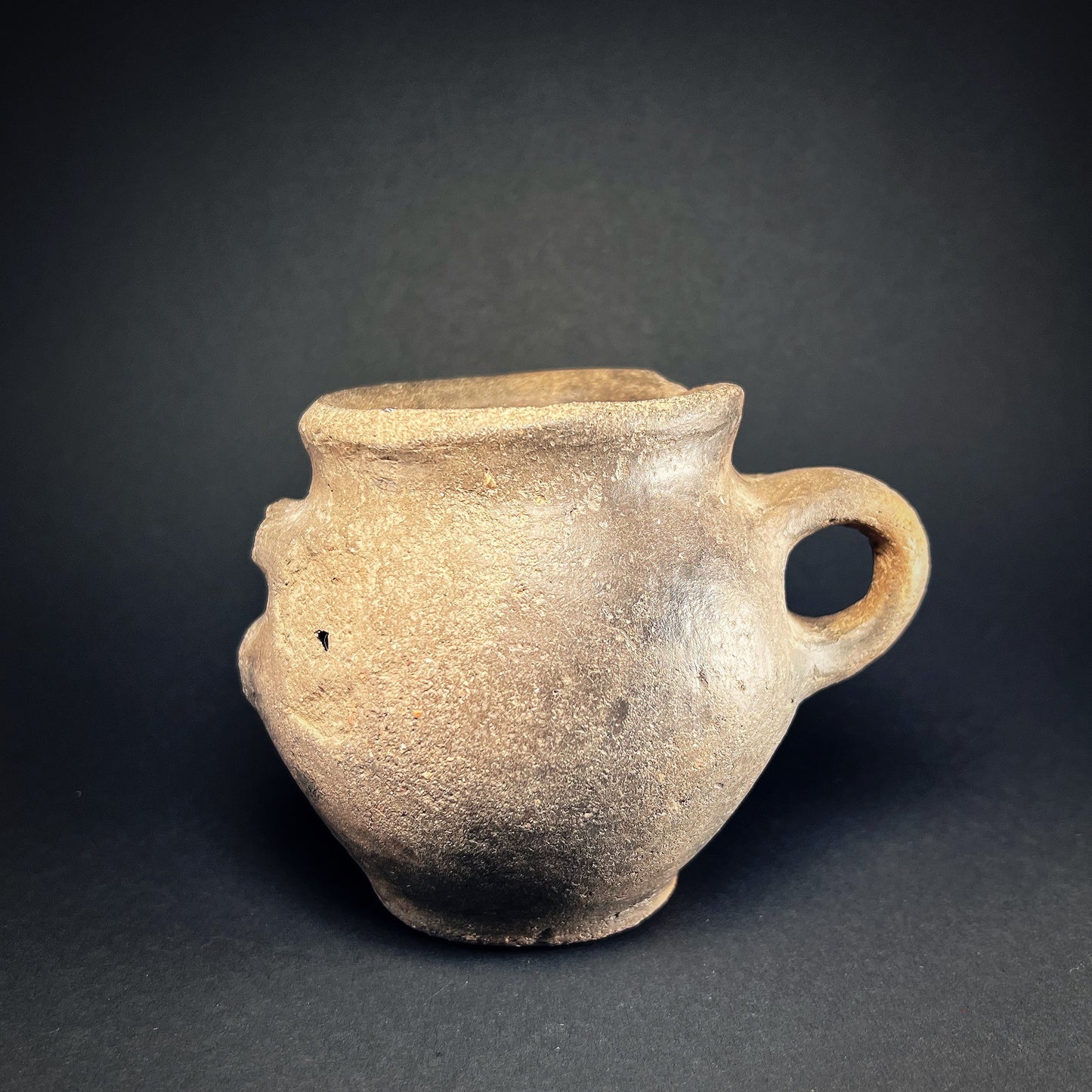
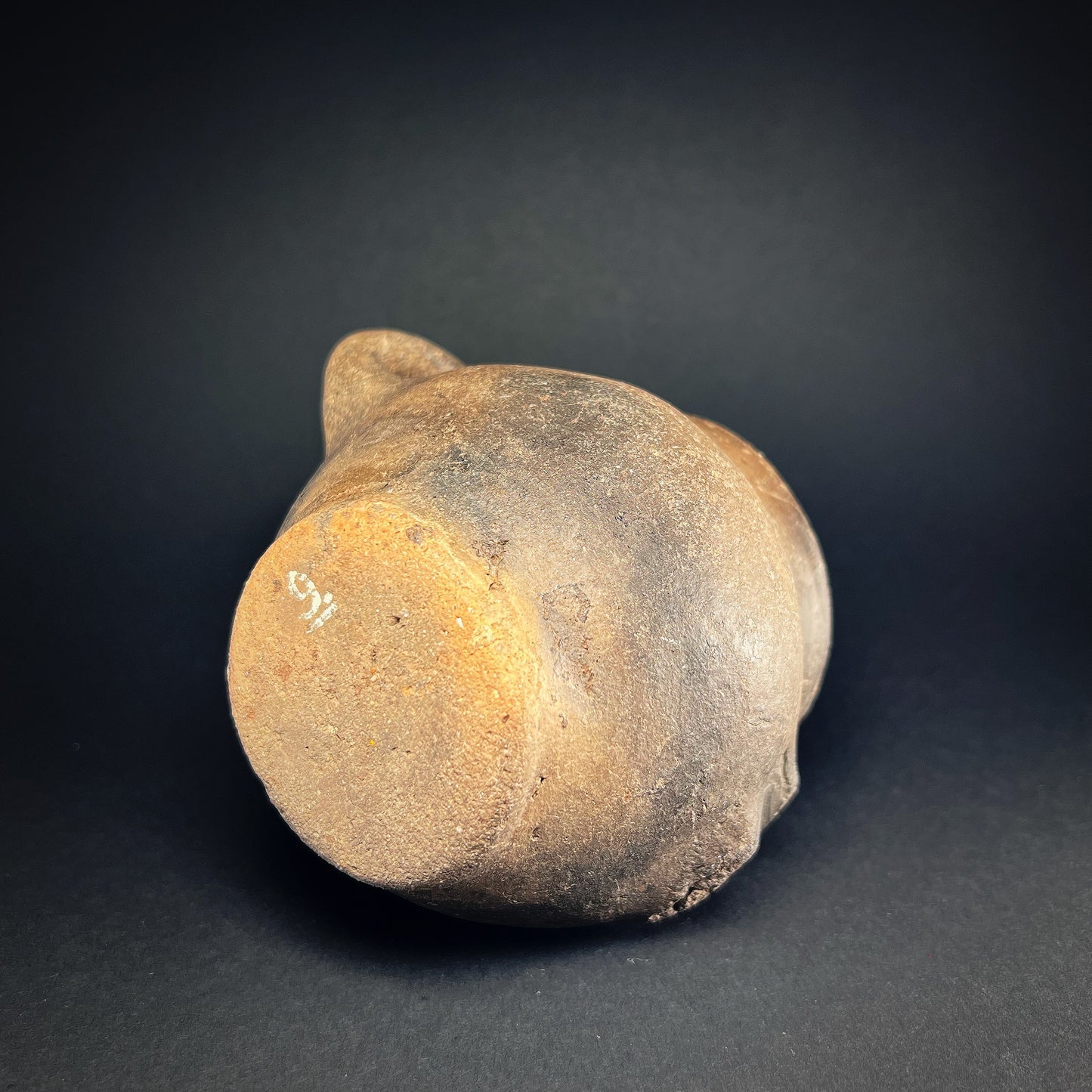
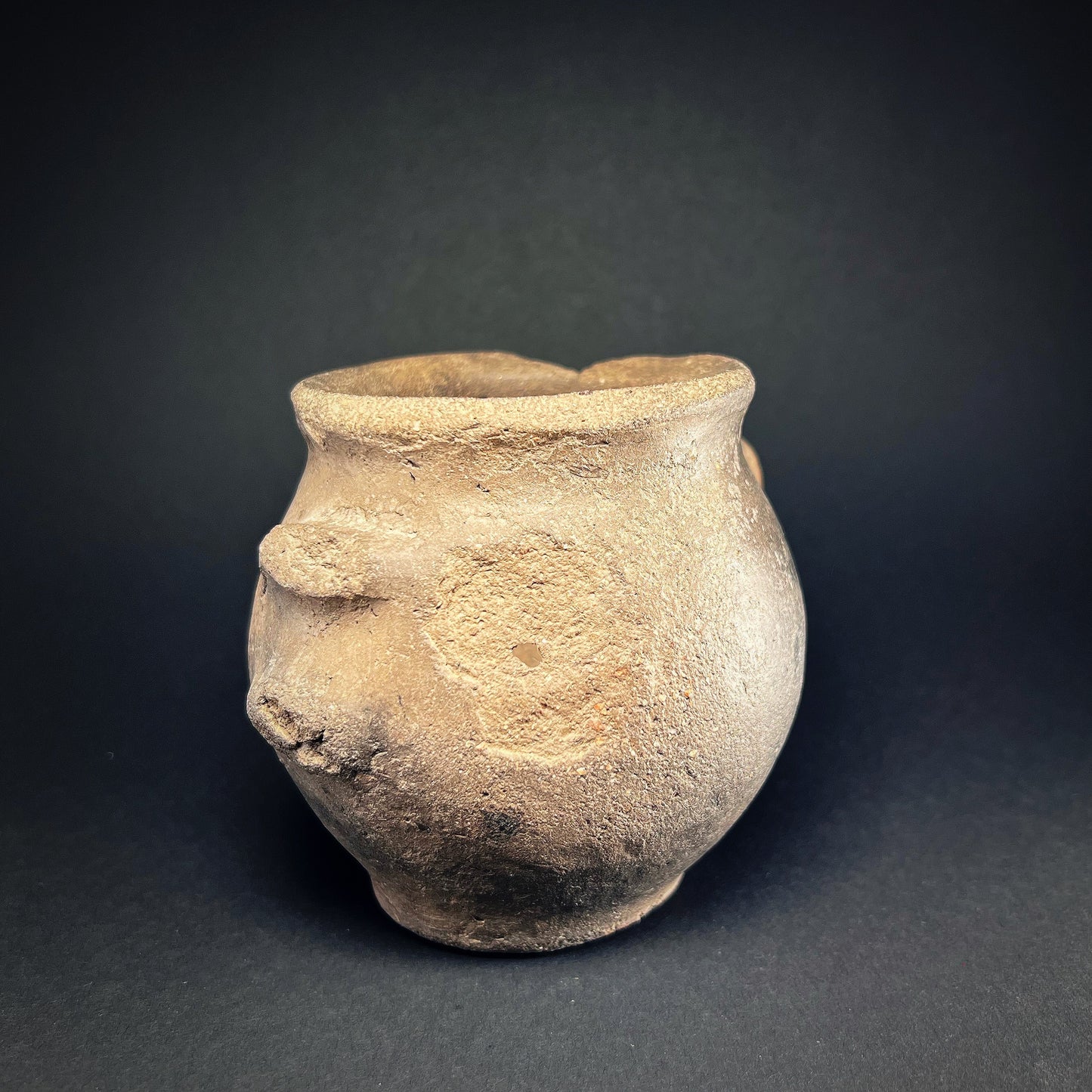

-
Shipping
The shipment will be prepared in the course of 3-5 days and dispatched via Posti Group Oyj or purchased item(s) can be picked up from our shop during the store's opening hours (Tarkk’ampujankatu 4, 00140, Helsinki, Finland). Within the Finland, all items are shipped via Posti Group Oyj unless otherwise requested. We pack the items carefully and mainly in recycled materials because we want to save nature. You will receive the tracking number for your items by e-mail.
-
Returns
Returns and exchange will be accepted within fourteen days (14) of receipt at the purchaser’s cost to include freight and packaging. Items must be returned in the same condition as when they were shipped, and will not be accepted if damaged or altered in any way. Please inform us via email (info@gotanmaailma.fi) or by calling +358408408352 before sending. We do not accept returns more than 14 days after delivery.
